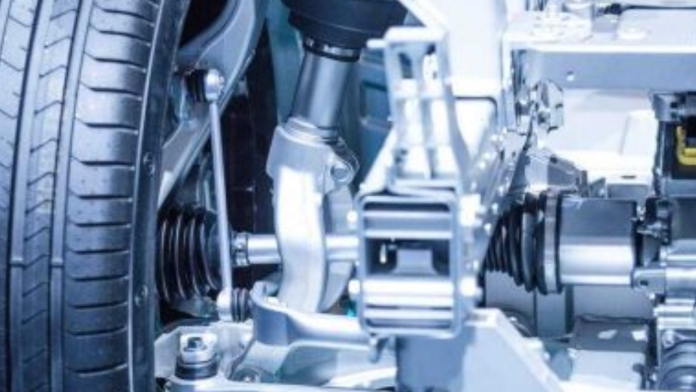Forged connecting rods are vital additives in internal combustion engines, famed for their power and durability. Usually made from high-strength alloy steels along with 4340 or 300M, those rods go through a forging process where mammoth pressure shapes them into their very last shape. This approach aligns the grain shape of the steel, enhancing its tensile power and fatigue resistance compared to forge or billet rods. The forged connecting rod are meticulously machined to specific tolerances to ensure the most efficient fit and overall performance.
Their design balances weight reduction with structural integrity, essential for high-revving engines and packages annoying reliability under extreme situations. Advanced engineering and metallurgical knowledge make sure that forged connecting rods face up to the stresses of combustion cycles, contributing to engine durability and performance consistency in racing, performance, and heavy-responsibility programs alike.
Do Forge Connecting Rods Require Special Bearings?
Forged connecting rods for the most part don’t need extraordinary courses past those suggested for elite execution motors. It’s critical to match the orientation to the particular pole aspects and driving rod diaries for ideal fit and capability.
Top-notch orientation intended for high-stress applications is normally liked to guarantee appropriate oil and sturdiness under extreme circumstances. Utilizing new heading while introducing manufactured associating bars is prescribed to keep up with unwavering quality and execution, forestalling expected issues with fitment or wear that could influence motor activity.
Materials Commonly Used For Forged Connecting Rods
The choice of material without delay impacts the rod’s overall performance traits, consisting of its capacity to withstand excessive RPMs, excessive warmth, and mechanical stresses. Here’s an in-depth exploration of some typically used materials for forged connecting rods:
Metallic Alloys
The steel alloy workpiece is heated to crystallization temperature, where it achieves plasticity. The heated metal is positioned on the dies, in which its miles punched to shape the favored shape. The forging then goes through the heat remedy level to reap the highest hardness and electricity viable. That’s how easy the forging of metallic components is.
The punching is used using a hydraulic machine, which provides the force needed to deform the already heated metallic. However, the warmth remedy level is the most essential in the forging system. It is the remedy stage that allows to enhance the first-class of the forgings.
Aluminum Alloy
Aluminum alloy technique goes with the flow – forging billet cutting, aluminum plate or bar slicing – forging billet heating furnace heating – tough forging billet making – precision forging forming – trimming – punching – straightening – intermediate inspection (checking the size of the forging) – aluminum Alloy answer warmth remedy (used to eliminate forging stress, improve the overall performance of aluminum parts-cleansing
(Surface sandblasting and sand treatment))-finished product inspection (look and hardness inspection, chemical composition evaluation, mechanical residences, and non-destructive checking out). Therefore, the manner of forging aluminum alloys is short. That is one of the reasons aluminum forgings are less expensive than other formed aluminum elements.
Stainless-steel Alloy
The stainless steel workpiece is heated to its crystallization temperature, wherein it gains the required plasticity. The heated steel is then positioned on the premade dies, where it is punched to form the desired shape. The forgings then go through the treatment manner to assist them obtain the very best hardness and strength feasible.
The punching is done with the aid of hydraulic equipment which gives the force to deform the heated stainless steel. The heat treatment level is important considering it’s far the level that enables to beautify the pleasant of the forgings. That’s how the forging of the metallic forged additives is done.
Final Words
Deciding on the proper material for forged connecting rods involves balancing performance necessities with realistic concerns like cost and manufacturability. Every material preference displays unique engineering goals in phrases of overall performance, reliability, and value-effectiveness, tailor-made to the needs of excessive-overall performance engines within the automotive and aerospace industries.

